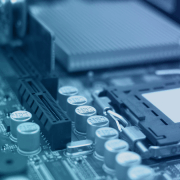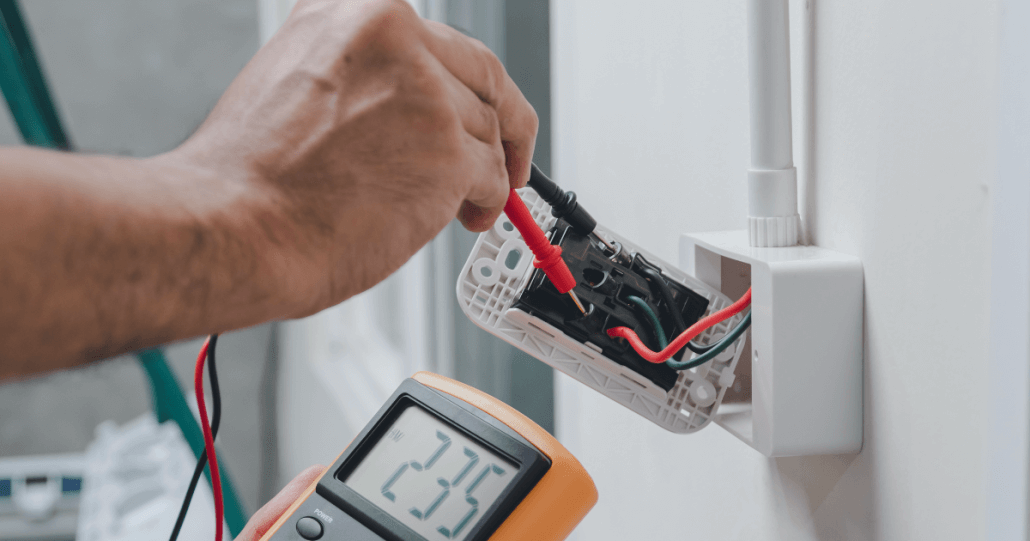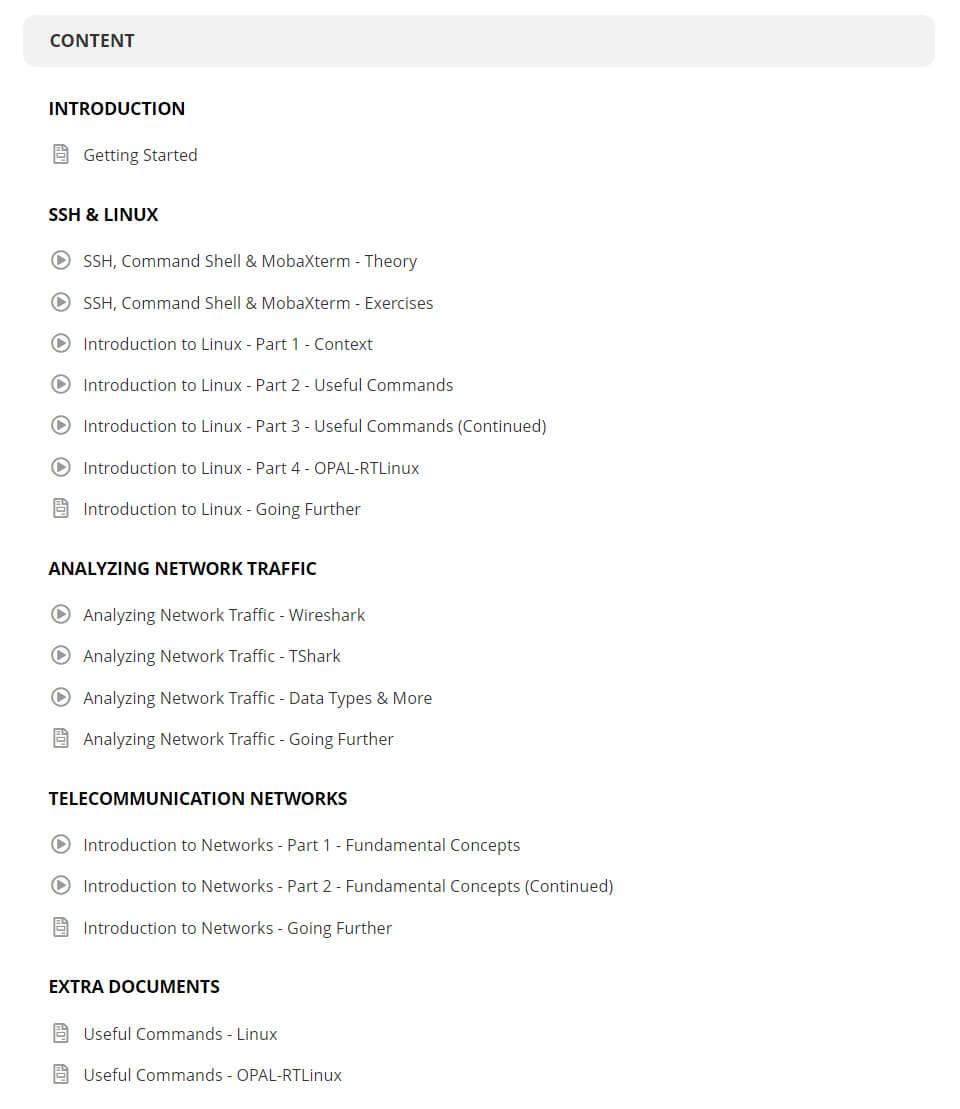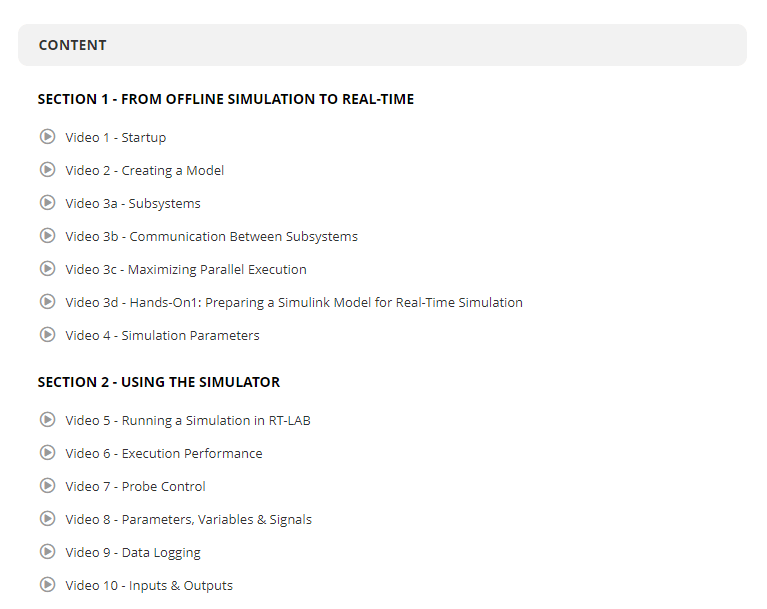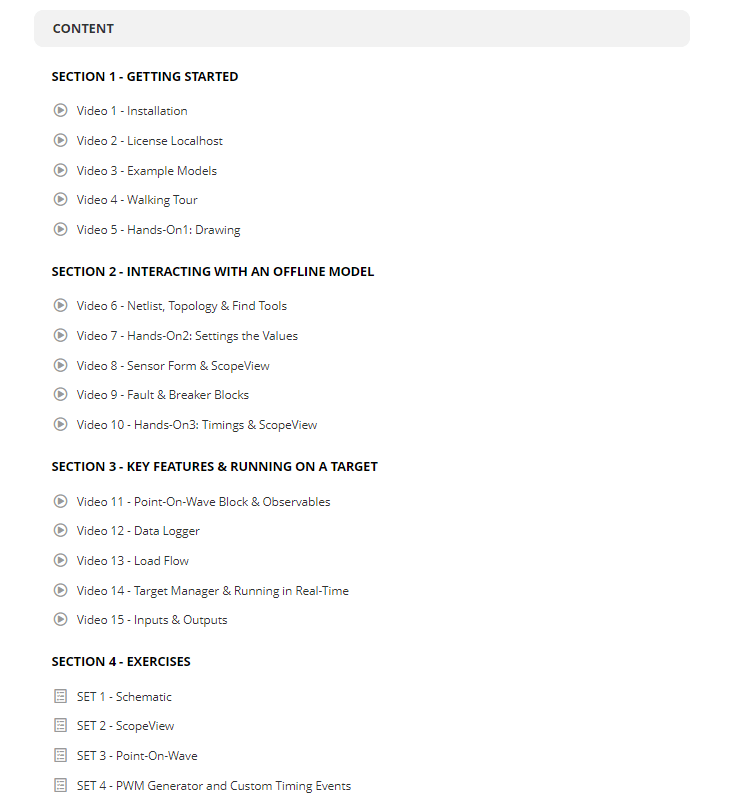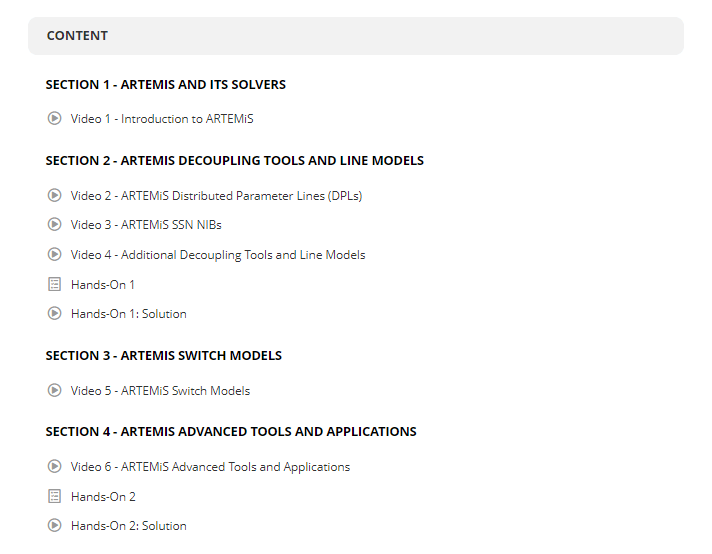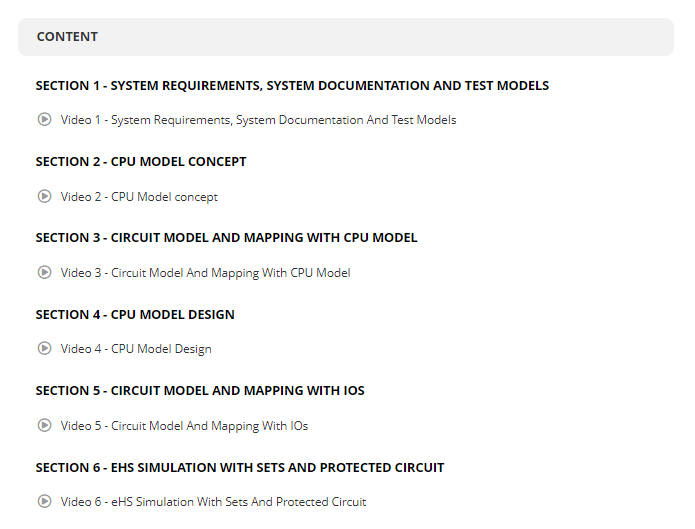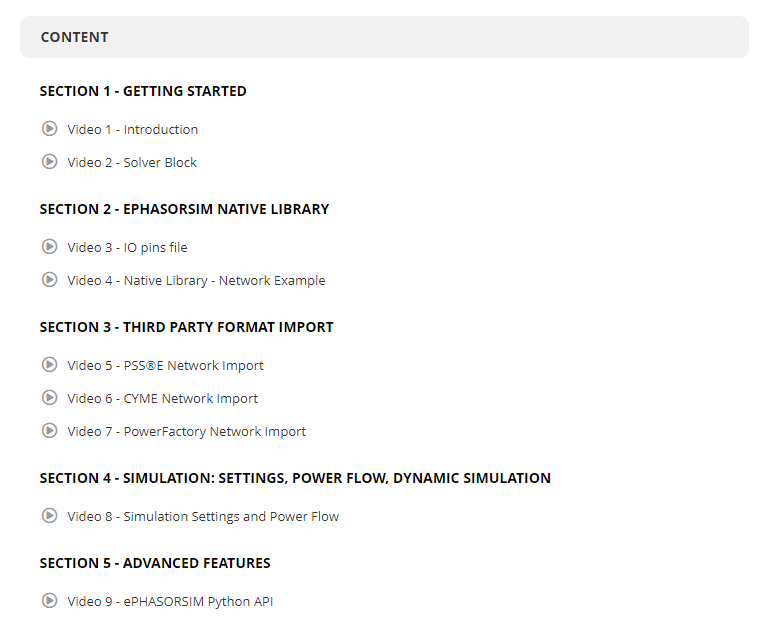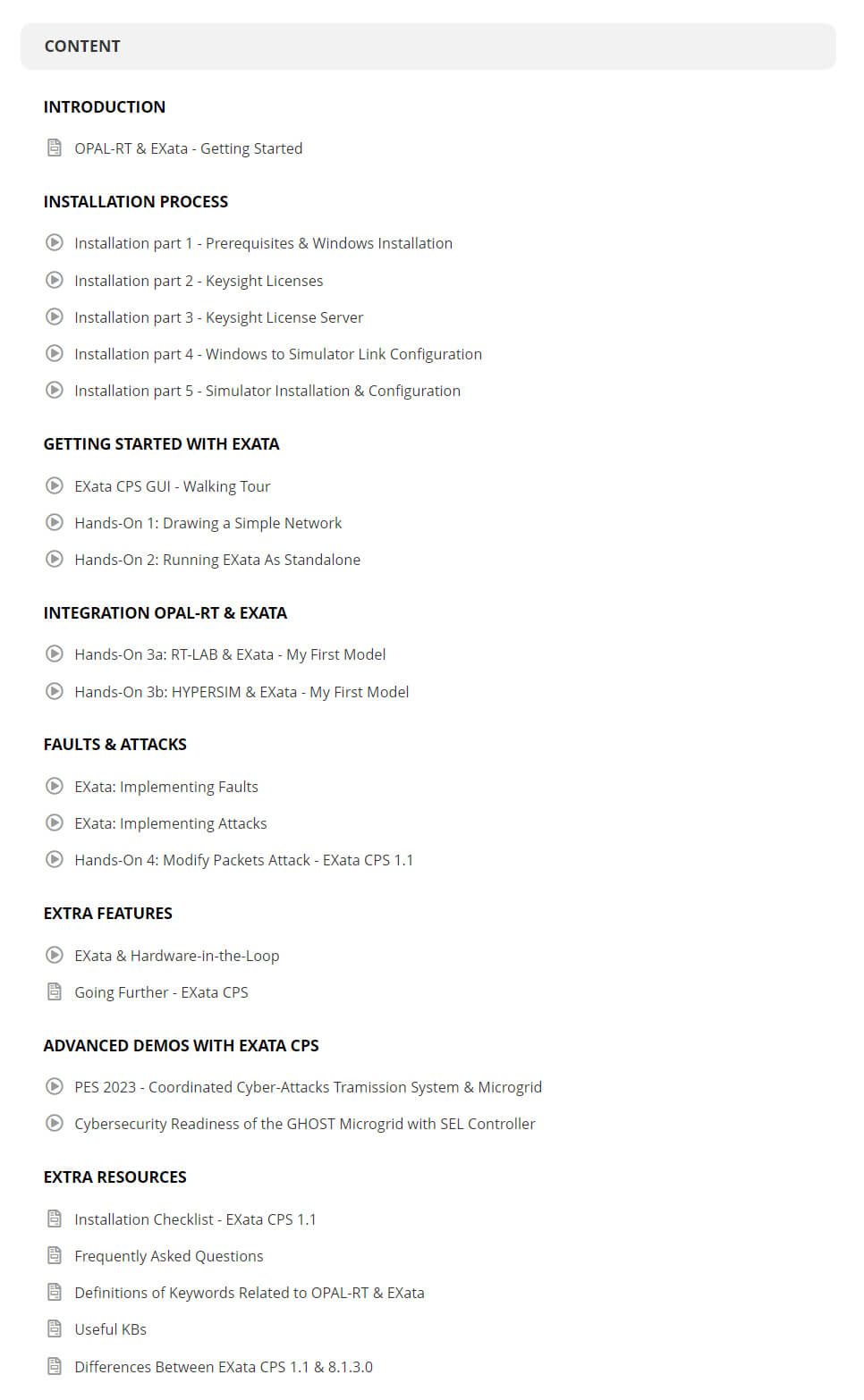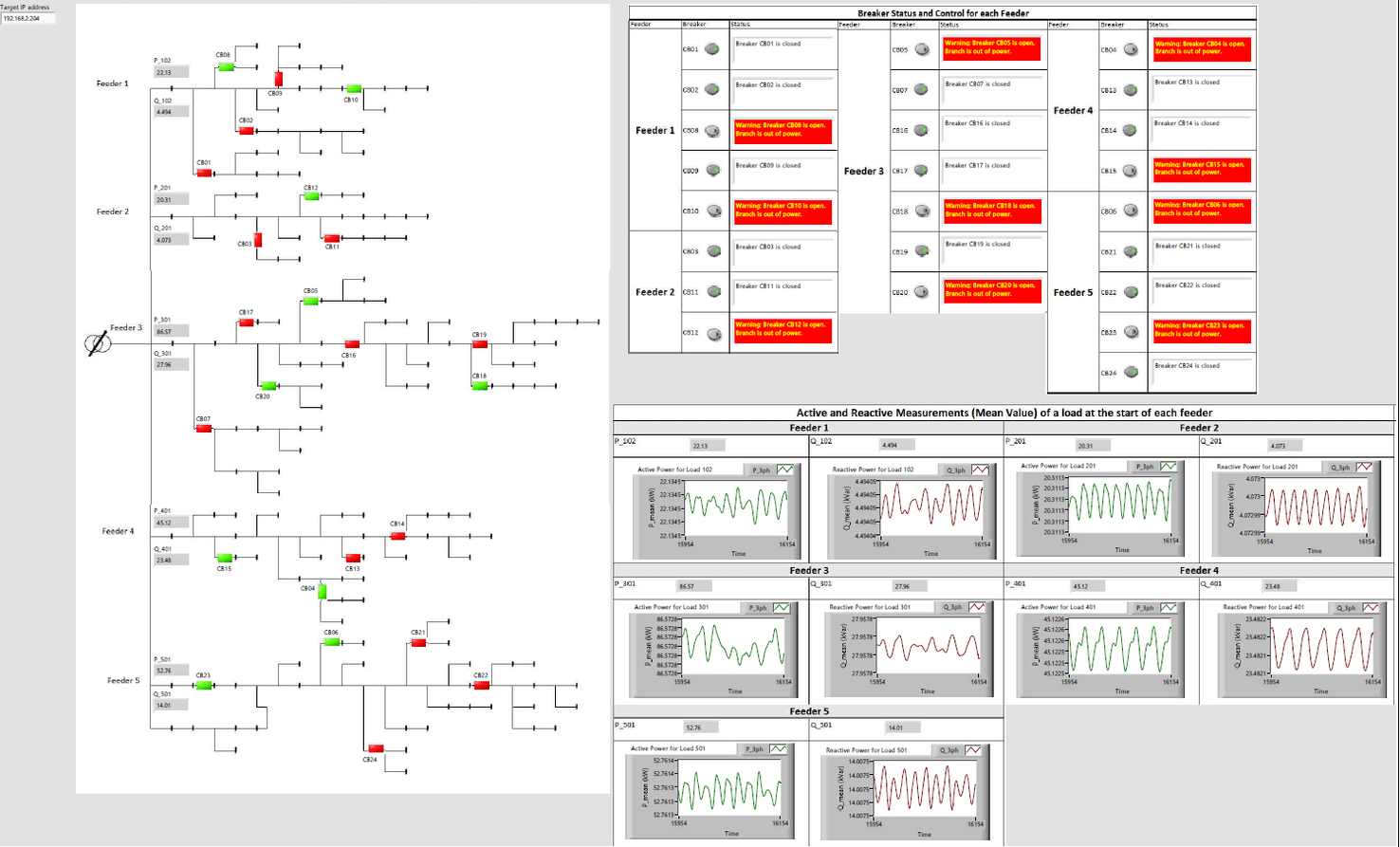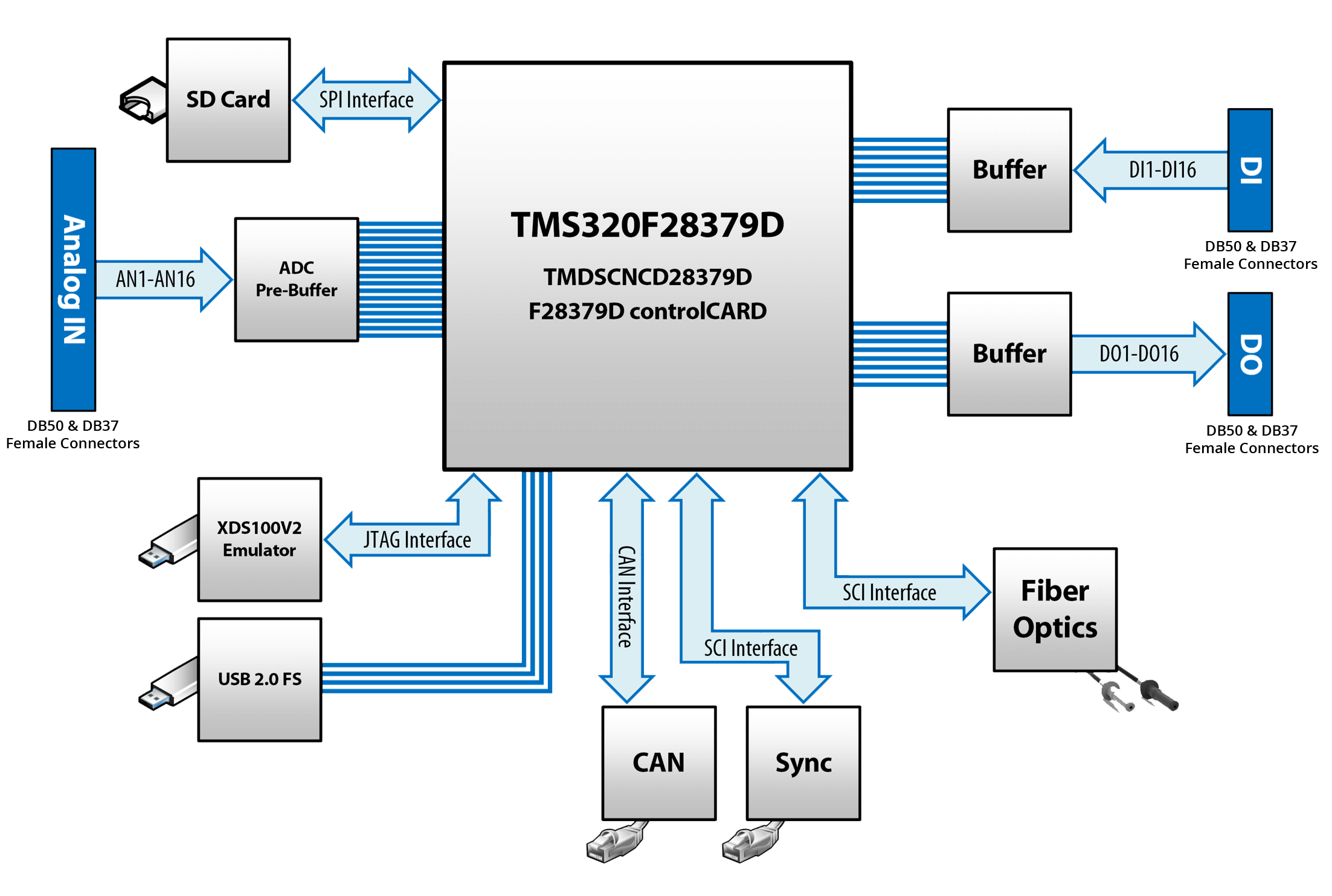10 Hardware-in-the-Loop Testing Applications That Matter to Power Engineers in 2025
Every power engineer remembers the first time a lab‑based test prevented a costly outage in the field. High‑fidelity simulation feels almost like time travel, letting you witness tomorrow’s faults and fixes today. Hardware‑in‑the‑Loop (HIL) takes that feeling and turns it into a repeatable, data‑rich process that replaces guesswork with proof.
What Is a Hardware in the Loop Test and Why It Matters
Modern power projects face shrinking timelines, rising complexity, and unforgiving performance targets. Understanding what a hardware-in-the-loop test is allows you to control those pressures by combining physical controllers with simulated grids in real-time. The method links digital models and actual hardware through high‑speed I/O so that both share the same electrical “reality” at microsecond resolution.
A HIL setup starts with an executable model of your plant—an electromagnetic transient (EMT) network, a vehicle driveline, or an aircraft power architecture. The real controller, relay, or converter then closes the loop through analog, digital, or communication interfaces. Because the simulator reacts instantly, the hardware behaves exactly as if it were connected to copper and steel equipment on the test pad.
Reliable evaluation under fault conditions, grid codes, and cyber threats shifts risk away from the commissioning site into a safe lab setting. Engineers gain repeatability, objective data, and the freedom to inject failures that field crews would never tolerate. Regulatory and financial stakeholders value the clarity that comes from verified HIL results, turning innovative ideas into bankable assets.
“Hardware‑in‑the‑Loop takes that feeling and turns it into a repeatable, data‑rich process that replaces guesswork with proof.”
HIL matters because it trims months from prototype cycles without sacrificing realism. It matters because it surfaces corner‑case faults that slip past software‑only studies. It matters because it lets you prove dependability before you flip the breaker on a live feeder.
10 Powerful Applications of Hardware in the Loop HIL Testing for 2025
Stakeholders want proof that new control strategies will perform under every grid stress you can imagine. Hardware‑in‑the‑Loop (HIL) delivers that proof by letting engineers run accelerated, repeatable trials with real firmware and real‑time models side by side. Regulatory shifts, rising renewable penetration, and tighter cyber rules make these applications more relevant than ever.
1. Validating Protection Schemes for Transmission and Distribution Grids
Protective relays must trip in milliseconds, and a mismatch between settings and system impedance can black out entire regions. A HIL platform feeds relays with EMT‑level fault waveforms while logging every cycle of their response. Engineers confirm reach, selectivity, and coordination without tying up an energized line. Field rollout then proceeds with well‑documented certainty.
2. Testing Power Converter Control Algorithms Under Fault Conditions
Voltage‑source converters ride through disturbances only when the inner loops stay stable. HIL forces DC‑bus dips, AC faults, and harmonic injections onto the gate‑drive board in real time. Performance metrics such as overshoot, settling time, and pulse‑width modulation (PWM) jitter appear instantly, guiding firmware tweaks before silicon is soldered into a prototype.
3. Simulating Grid‑Connected Inverter Behavior in Renewable Energy Systems
Utility‑scale photovoltaic (PV) and wind inverters must meet strict grid‑code requirements for fault‑ride‑through and reactive support. HIL recreates low‑voltage events, frequency deviations, and phase‑jump scenarios while the inverter controller executes its firmware. Compliance evidence is captured in the lab, shortening utility review cycles.
4. Accelerating Control Development for Electric Vehicle Powertrains
Traction inverters, battery‑management systems, and on‑board chargers interact at kilohertz speeds. A HIL bench couples the embedded controller to a real‑time vehicle and battery model, revealing torque ripple, thermal stress, and state‑of‑charge drift across an entire drive cycle in minutes. Design iterations compress from weeks to hours.
5. Verifying Microgrid Performance During Islanding and Reconnection Events
Microgrid controllers juggle mode switching, load sharing, and frequency stabilization when a campus or military base separates from the utility. HIL injects realistic load steps and islanding triggers so that the controller’s droop settings, black‑start logic, and reconnection sequencing can be refined under repeatable conditions.
6. Modeling Real‑Time Fault Scenarios in Aerospace Power Architectures
More‑electric aircraft rely on solid‑state breakers and distributed converters that must survive double line‑to‑ground faults at 400 Hz. HIL reproduces arcing events and generator transients without risking flight hardware, allowing engineers to verify protective action and thermal limits long before first flight.
7. Testing Load Shedding Algorithms in Industrial Power Automation
Process plants use load‑shedding schemes to protect critical operations when supply falters. HIL simulates generator loss, transformer failure, and peak demand spikes, giving the plant controller live frequency and voltage inputs. Operators fine‑tune priority tables and shedding stages with quantitative insight into production impact.
8. Evaluating Wide‑Area Monitoring and Control Communications
Phasor measurement unit (PMU) networks rely on low‑latency data for oscillation damping and anti‑islanding action. A HIL setup emulates phasor streams, network congestion, and malicious data packets while the control center algorithms run on production servers. Engineers benchmark stability margins and communication resilience across thousands of simulated buses.
9. Integrating Digital Twins With Hardware‑in‑the‑Loop for Predictive Testing
Digital twins add physics‑based aging, wear, and weather effects to HIL scenarios. The physical controller “believes” it is operating a five‑year‑old transformer on a hot summer afternoon, revealing hidden degradations and maintenance triggers. Predictive upkeep strategies gain credibility through quantifiable lab results.
10. Supporting Cybersecurity Testing of Power Systems Under Simulated Threats
Grid attackers continue to target protective IEDs (intelligent electronic devices) and inverter firmware. HIL injects malformed packets, spoofed GPS signals, and command‑replay assaults while monitoring the hardware’s defensive logic. Security teams close gaps before threat actors find them on an energized network.
“OPAL‑RT platforms convert simulation from a bottleneck into a productivity multiplier.”
Proving these ten use cases builds trust among utilities, regulators, and investors. HIL removes ambiguity from performance claims and delivers evidence that survives scrutiny. Its broad scope, from kilovolt grids to low‑voltage mobility, makes it an indispensable lab asset in 2025.
Benefits of Using Hardware in the Loop Testing for Power Engineers
Effective designs hinge on factual insight rather than optimistic estimates. Hardware in the loop testing replaces isolated software models with a synchronized interaction between silicon and simulation, giving you data that mirrors field conditions. This synergy means root causes emerge sooner, firmware matures faster, and costly on‑site fixes shrink dramatically.
Because fault injection is virtual, you can reproduce transient spikes, harmonics, and cyber intrusions without endangering personnel or equipment. The repeatability of each test builds a robust evidence chain for compliance filings and insurance reviews. Stakeholders appreciate clear proof that investment risk has been minimized.
Long term, the methodology cuts hardware prototypes, reduces lab occupancy, and promotes parallel development among multidisciplinary teams. Earlier validation frees budget for innovation rather than rework. Most importantly, engineers gain the confidence to push performance boundaries while honoring reliability commitments.
These advantages turn HIL from a specialized tool into a standard step in modern design cycles. Power projects that embrace it deliver predictable commissioning schedules and stronger financial returns. HIL therefore, stands as a strategic asset for organizations intent on technical leadership.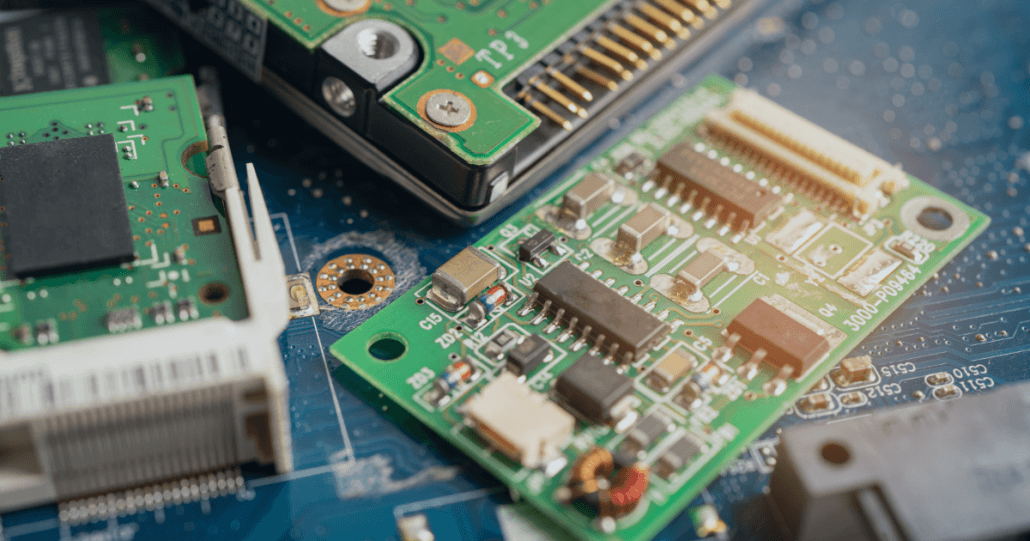
How OPAL‑RT Helps Power Engineers Deploy Hardware in the Loop Testing With Confidence
Reliable HIL depends on sub‑millisecond latency, flexible I/O, and models that scale from single converters to nation‑wide grids. OPAL‑RT supplies a hardware-in-the-loop example that meets those needs through FPGA‑accelerated simulators, open APIs, and seamless MATLAB/Simulink integration. You can run EMT models at time steps down to 1 μs while interfacing with protection relays, embedded drives, and SCADA (supervisory control and data acquisition) networks in the same chassis.
Engineers appreciate modular chassis that accept analog, fiber‑optic, and communication cards without rewriting model code. R&D managers value license‑free execution engines that scale from desktop to rack systems, matching test scope to project phase. Global support teams offer rapid guidance so that schedules stay intact and lab assets earn consistent utilization.
OPAL‑RT platforms convert simulation from a bottleneck into a productivity multiplier. Their real‑time determinism makes every test repeatable and every result defensible. That combination of openness, speed, and accuracy positions technical teams to tackle the next decade of grid innovation with calm assurance.
Engineers and innovators around the globe rely on real‑time simulation to accelerate development, reduce risk, and push boundaries once considered unreachable. OPAL‑RT brings decades of experience and a passion for precision to deliver the most open, scalable, and high‑performance HIL solutions available. From substation relays to autonomous electric aircraft, our platforms equip you to design, test, and validate with unwavering confidence.
Common Questions About Hardware-in-the-Loop Testing Applications
What is a hardware-in-the-loop test for power systems?
It is a real‑time setup that couples a physical controller or device to a digital simulator representing the electrical plant, allowing safe, repeatable testing of protection, control, and cybersecurity functions.
How does hardware-in-the-loop HIL testing improve renewable integration?
HIL applies realistic grid faults and voltage swings to inverter firmware, confirming compliance with ride‑through rules before field deployment, which saves commissioning days and avoids utility penalties.
Can hardware-in-the-loop example setups scale to multi‑site microgrids?
Yes; modern platforms link multiple simulators over deterministic networks so that campus, industrial, and military microgrids can be studied with synchronized phasors and shared DER (distributed energy resource) models.
Is hardware-in-the-loop (HIL) testing useful for aerospace power electronics?
Absolutely; it reproduces 400 Hz bus faults, load transients, and altitude‑induced derating, giving avionics designers objective data without risking flight hardware or schedules.
How long does it take to set up a basic hardware-in-the-loop test bench?
With preconfigured I/O cards and model templates, teams often move from unpacking to first closed‑loop run in less than two days, accelerating proof‑of‑concept cycles.

